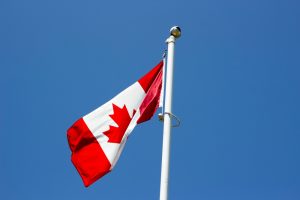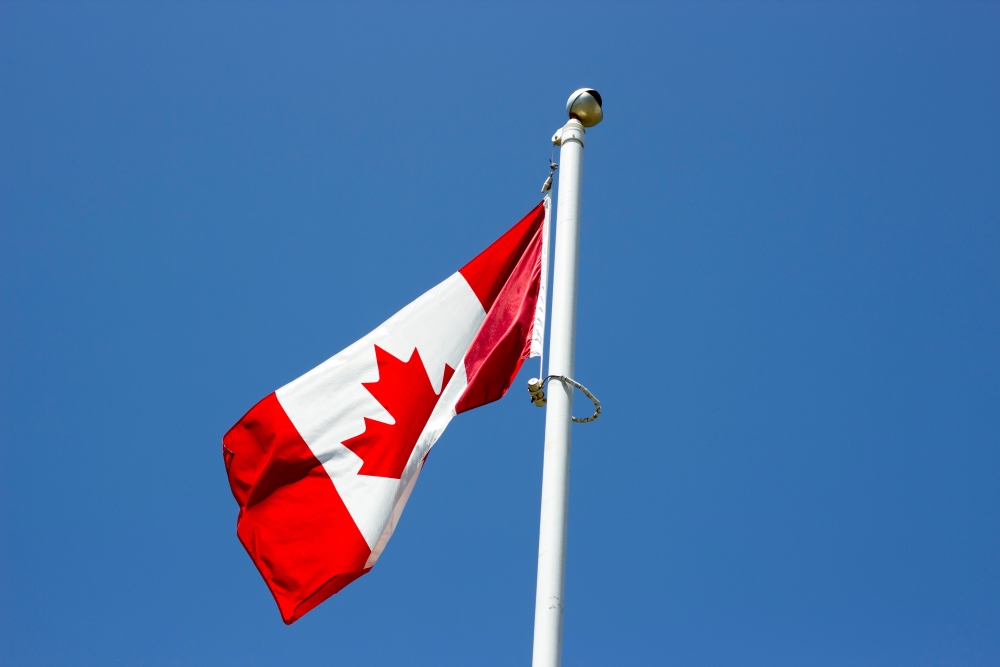 As long as I have been practicing immigration law, it has been a somewhat accepted practice for clients to go to the closest Canada/US border to obtain their new immigration status – such as a study permit, work permit, or permanent resident status visa.
As long as I have been practicing immigration law, it has been a somewhat accepted practice for clients to go to the closest Canada/US border to obtain their new immigration status – such as a study permit, work permit, or permanent resident status visa.
In general, in order to do this process at the border, you must meet some conditions: (1) you have a valid immigration status in Canada and in US (tourist visa, for example, or exempted from obtaining a visa); (2) you have no other issues preventing you from obtaining visas such as criminality or medical concerns; and (3) your current status in Canada is “imminent in expiration” – to expire within a day or two.
However, for those who have just received their permanent resident visas (a confirmation of permanent residence visa, IMM 5688 ), it was customary for you to go and “land” into Canada as permanent resident by going over to the US and returning immediately without entering into US (hence, “flag-poling”). By the way, you cannot do this at any airports! This is only for land borders, or potentially sea ports (ferry boats for example).
While this process may seem simple from the client’s perspective, there is a very involved behind-the-scenes processing system from the CBSA officer’s perspective. This process takes time and resources away from their primary duty of border security and officers were overloaded with these tasks in addition to high volume traffic during peak hours. In Ontario, the most frequent border people choose for this purpose is in the Niagara Region, since it has three border entries – Queenston-Lewiston, Rainbow and Peace Bridges. As of June 16, 2017, to alleviate the pressure on officers during peak travel periods, these border services would ONLY process issuing any permits on Tuesday, Wednesday & Thursday. If you don’t show up early enough on those three days, it is possible that you will not be served on that day. For example, if you show up at 3 p.m., it is possible that you will be asked to come back another Tue, Wed or Thu. As a result, we recommend clients to go early in the morning – be able to get there by 8 a.m. preferably.
In order to avoid going to the border, you have some different options:
- You may file your temporary visas by online or by paper application. However, the processing time is significant and you may not receive any health care benefit by OHIP if your current permit expires and your new permit has not been issued and received. In addition, you may not leave Canada until you receive your new permit to maintain your current permit’sstatus.
- You may set up an appointment to “land” or become a permanent resident in your local immigration office. You can call 1-888-242-2100 to do so. However, if your permanent resident visa has a short timeframe to expire OR your current temporary visa is about to expire, then you may not be able to wait for your appointment, which are usually set within 2-3 weeks from your request.
How do you plan out your flag-poling?
- You have to decide if you wish to go to the Niagara borders or if you wish to go to another border. However, regardless this policy of “Tue, Wed or Thu” may be extended over to all borders. As a result, we recommend you to plan for Tue, Wed or Thu specifically.
- You must plan to be there by 8-9 a.m. in the morning, with all your paperwork in order. For any complicated matters – temporary resident permit, intra-company work permit, etc. – for border officers to consider merits and to grant visas, you must be ready to speak about your request clearly in an orderly manner.
- You must plan for the whole day. If you can get out early, great, but if you plan for the day, it will give you a relaxed attitude, which assists you in going through this process.
- You must have a right to enter into US – either you have a US tourist visa or are exempt from obtaining such visa.
- You must have the right to re-enter the country (valid immigration status) to avoid potentially being refused entry.
If you do not feel comfortable speaking about your case, if you do not have a valid status in Canada or a right to enter into the US, we recommend you to file your permits online or by paper application, and to set up an appointment for your landing procedure at an inland immigration office.


How is CBSA’s decision legal?
CIC’s instructions, to this day, continues to offer the option of presenting oneself at any air/land PoE.
The Niagara crossings’ websites advertise immigration services every day, all day.
I can understand CBSA being angry about having to… do work, but it’s our right to get processed by them at PoE. If I don’t do my legally-required job at work… I get replaced and lose my license.
I guess my question is… what about rail crossings? Amtrak runs a service to Buffalo from Toronto.
And is there any formal definition of “Flagpoling”. What if your primary trip purpose to the USA was shopping? A funeral? Skiing? A week’s holiday?
Hi Jag,
We appreciate your concerns. You are best to speak directly with your member of Parliament about these issues and questions. Thank you and all the best.
Hi Jennifer,
Thanks for clarification on flag polling process.
I an based in India and have just recd a LMIA from my prospective employer in Canada but the processing times in my home country are indicated as 3 months. Since it is a long time my employer is not willing to wait that long.
Hence need your assistance / guidance on feasibility to enter canada on a visitor permit and then do flag polling to convert the visitor visa into a work permit or PR since my LMIA is open for both work permit and PR under Express Entry.
Thanks & regards,
Hi Amul,
Please feel free to send us an email – contact@jrlawoffice.com or call our office 519-744-3470 so we can discuss the details of your situation more fully and privately. We would be happy to discuss your situation with you. Take care and have a good day!